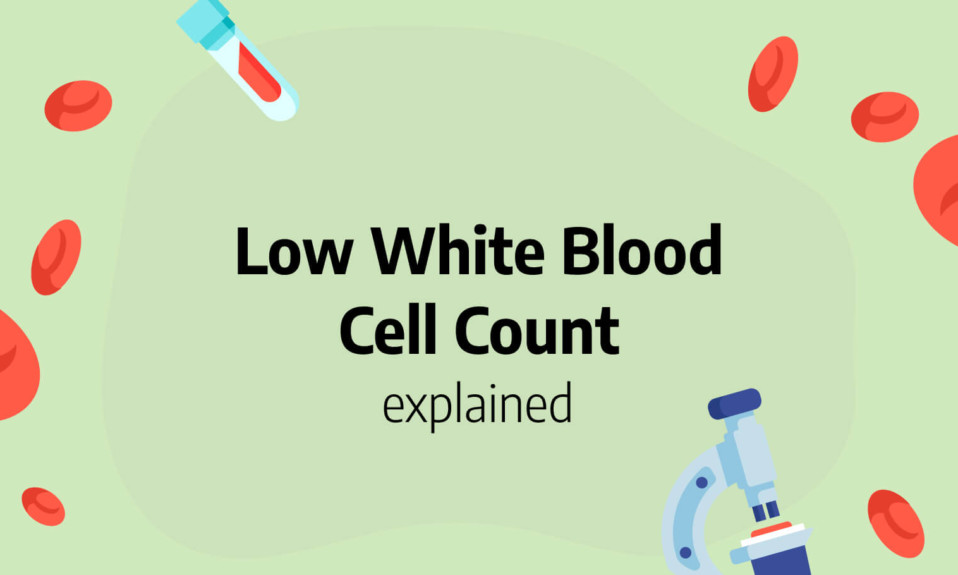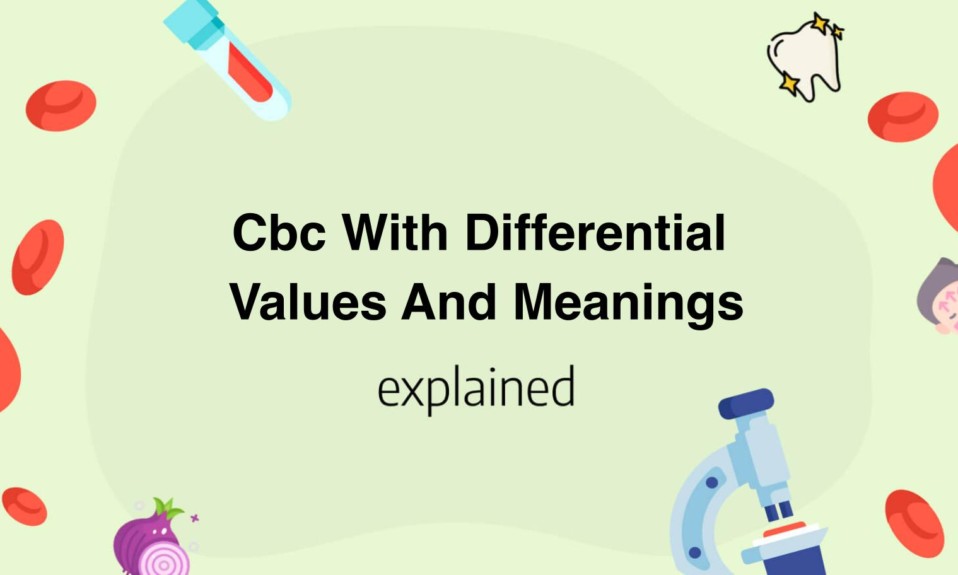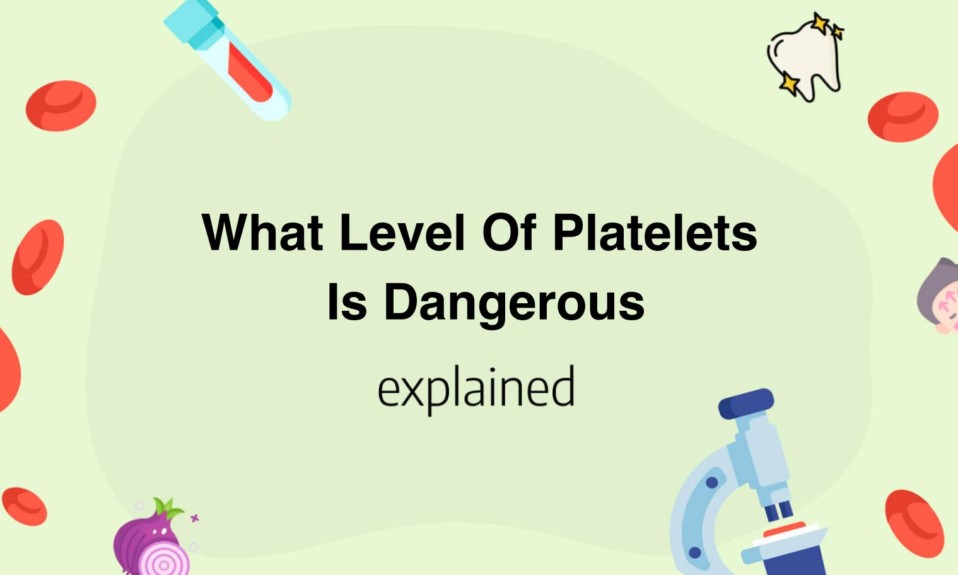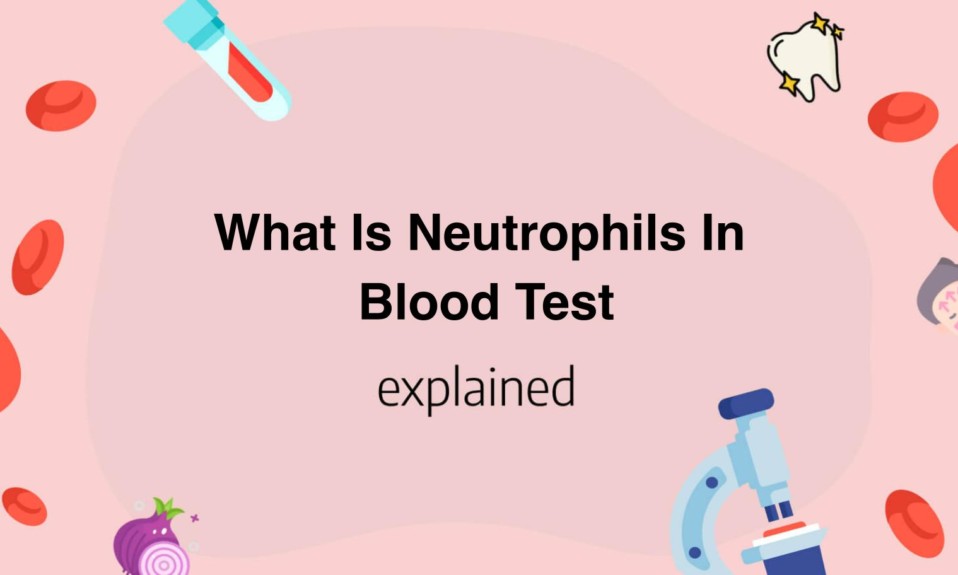In this post, we’ll talk about low white blood cell count or low leukocytes count.
Leukocytes or white blood cells are cells that act in the body’s immune system.
Also known as white blood cells, they help to fight off attacks from pathogens such as viruses, parasites or cancers. The concentration of white blood cells in the blood can be determined by a blood test called CBC.
What are white blood cells?
Leukocytes (or white blood cells) are part of the body’s immune defense system.
These cells are produced mainly in the bone marrow and are responsible for responding to infectious and pathogenic agents such as viruses or bacteria. They are found in the blood and in the lymphatic system.
Immunity corresponds to the mechanisms that allow us to deal with external aggressions. Blood cells participate in this defense system by circulating in the blood and tissues in order to identify and attack potential pathogens.
There are five types of leukocytes:
- Neutrophils are involved in phagocytosis (ingesting microorganisms). They are formed in the bone marrow and their mission is to defend the body against external aggressions (bacteria or yeasts).
- Basophilis release histamine and allow other cells to be called upon to act against the infection.
- Monocytes are phagocytic cells that act against bacteria and fungi.
- Eosinophilis are called upon to fight parasites and in case of allergy (they are increasing in the organism).
- Lymphocytes produce antibodies that act against a specific infectious agent.
What is considered a low white blood cell count?
On average, a person produces 100 million white blood cells every day. This corresponds to a standard of between 4,000 and 11,000 white blood cells per microliter of blood.
A complete blood count (CBC) identifies the concentration of white blood cells in the blood. It is a complete blood test that includes the analysis of :
- Red blood cells
- Leukocytes (white blood cells)
- Platelets
Following a blood test, it is possible to determine the quantity of white blood cells in the blood and to distinguish the different types of cells: neutrophils, lymphocytes, etc.
Some diseases can cause a decrease or an increase in the number of white blood cells in the blood. This is called :
Leukopenia: leukocytes below 4000 / microliter of blood
Leukocytosis: white blood cells greater than 11,000 / microliter of blood
What is leukopenia?
Leukopenia is characterized by a deficiency in the level of one type of circulating blood cell: leukocytes.
It is therefore a hematological pathology. These cells are part of the white blood cells.
What causes a low white blood cell count?
Low white blood cell count also called leukopenia can be caused by many factors.
It can be caused by a disease, either congenital or acquired, affecting the bone marrow.
When the bone marrow is affected, the stem cells that are produced in it (hematopoietic stem cells), which are responsible for making blood cells, can no longer be produced. In this sense, a deficiency in the production of blood cells is created in the affected individual and can lead to serious consequences.
Some of these diseases are characteristic of the development of leukopenia, such as
- Myelodysplastic syndrome;
- Kostmann’s syndrome (severe neutropenia of genetic origin);
- hyperplasia (abnormally large production of cells constituting a tissue or organ);
- immune system diseases, the most common of which is Acquired Immune Deficiency Syndrome (AIDS);
- infections affecting the bone marrow;
- liver or spleen failure.
Leukopenia can also be caused by certain medications. Among the latter, we generally find cancer treatments (mainly those used against leukemia).
In addition, we can mention antidepressants, certain antibiotics, antiepileptics, immunosuppressants, corticosteroids or antipsychotics.
Other factors can also cause a leukocyte deficiency. These include vitamin and/or mineral deficiencies, malnutrition and stress.
What are the symptoms of low white blood cell count?
The symptoms associated with low white blood cell count or leukopenia are diverse depending on the type of leukocytes that are found to be deficient.
Anemia remains the most common symptom associated with leukopenia. The anemic individual experiences intense fatigue, heart palpitations, shortness of breath when exercising, difficulty concentrating, pale skin, muscle cramps and insomnia.
Menorrhagia in women, corresponding to an abnormal flow of blood during menstruation.
Menstrual periods become longer. In the case of menorrhagia, it is advisable that the woman consult the doctor as soon as possible.
This can also be a sign of a serious infection or even cancer.
Other symptoms, such as intense fatigue, irritable moods, headaches and migraines are characteristic of leukopenia.
In addition, because the immune system has become deficient, the patient suffering from leukopenia is at greater risk of developing certain infections.
These infections can be of bacterial, viral, parasitic or fungal origin.
Inflammations of the stomach, intestines, etc. can also be symptoms of leukopenia.
In more severe cases of leukopenia, fever, swollen lymph nodes, pneumonia, thrombocytopenia (abnormal amount of blood platelets), or liver abscesses may also be observed.
How to treat low white blood cell count?
The diagnosis of leukopenia can be made from a simple physical examination, through abnormalities in the spleen and/or lymph nodes (where leukocytes are produced).
But also from a complete blood count, bone marrow aspiration or lymph node biopsy.
Leukopenia is usually treated by stimulating the production of white blood cells.
This is done by stimulating the bone marrow.
Steroids (hormones secreted by the endocrine glands) are often used to stimulate the production of these cells.
A vitamin (B-vitamin) supplement may also be recommended in cases of leukopenia. These vitamins are closely linked to the production of bone marrow cells.
Or treatments based on cytokines, a protein that regulates cell activity.
In addition to this stimulation of the bone marrow, the patient suffering from leukopenia must follow a treatment that allows him to fight against infectious diseases (antibiotics, chemotherapy). Such treatment is often combined with stimulation of the immune system.









